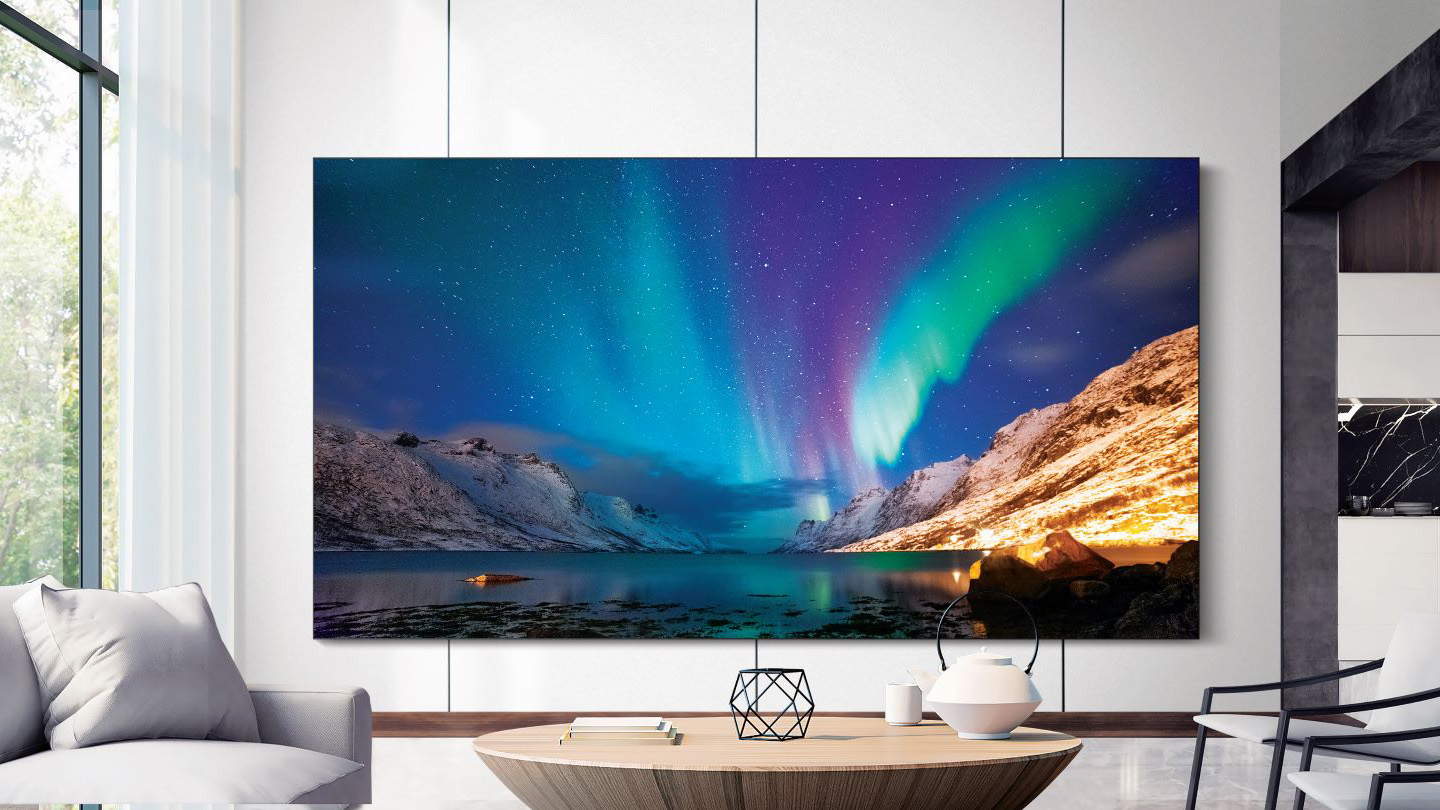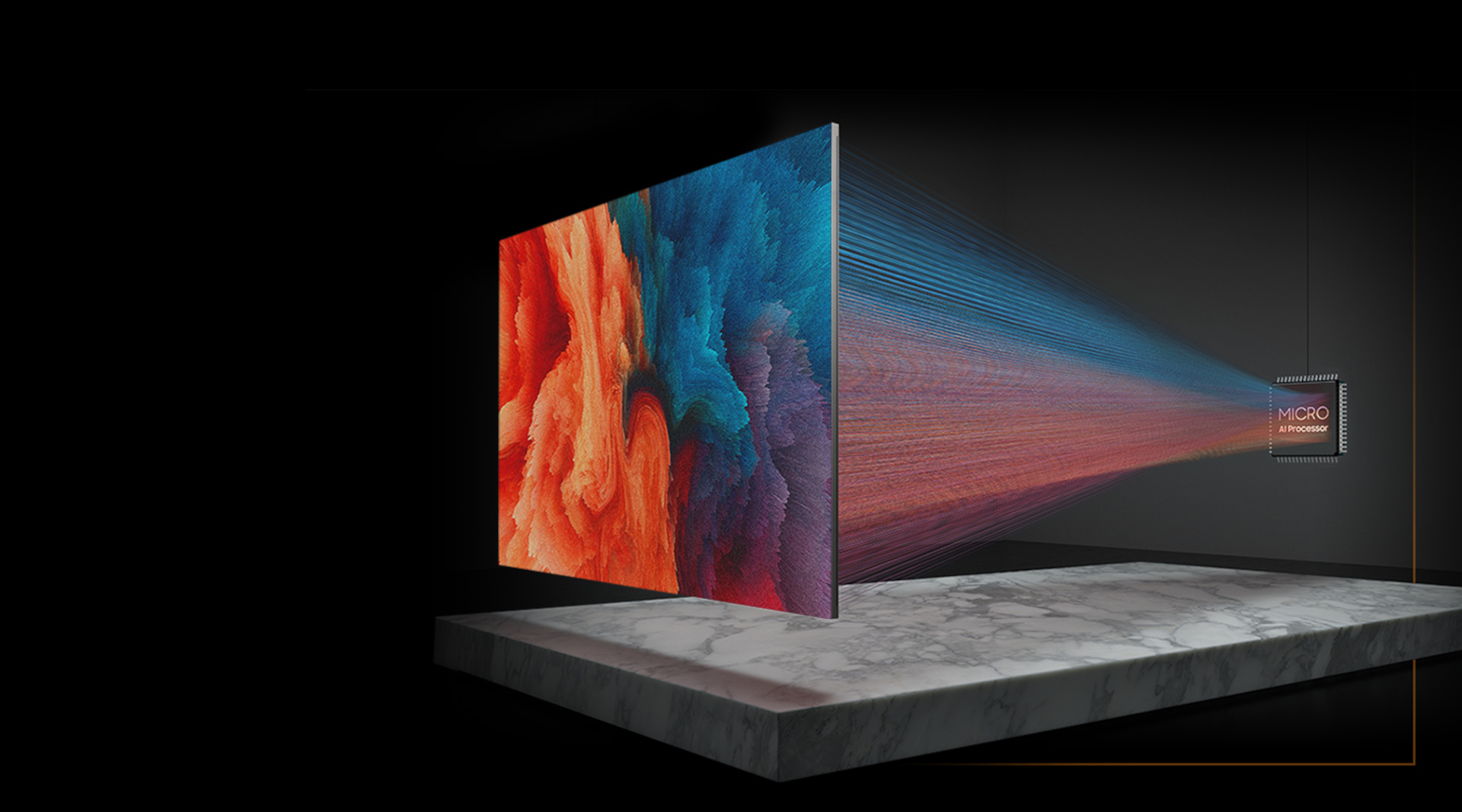OLED vs Micro-LED: Which TV technology will win?
Let's break it down

The unparalleled contrast and clarity of OLED TVs have been wowing viewers for over 10 years — about as long as I’ve been covering the TV industry, actually. They’re perennially among the best TVs on shelves, and even after seeing plenty of the best OLED TVs on the planet, I’ve yet to grow tired of basking in their glory.
But throughout OLED’s ongoing reign, a similarly impressive display technology — Micro-LED — has been waiting in the wings to usurp OLED’s place as the best type of TV money can buy. Or so we’ve been told.
Despite nearly a decade of surprise appearances at trade shows and enthusiastic mentions within the margins of TV brands’ press releases, Micro-LED TVs remain almost nowhere to be found. The few that exist are hard to track down, prohibitively expensive and don’t come in popular sizes. As we peer into the future of TVs, I’m left with one question above all else: Will Micro-LED ever replace OLED at the top of the TV food chain?
OLED vs Micro-LED: What’s the difference?

First, let’s go over the traits that these two technologies have in common: Both OLED and Micro-LED are capable of producing perfect black levels due to the fact that every single pixel across each display type is self-illuminating. OLEDs achieve this by leveraging organic material while Micro-LED displays are made up of microscopic LEDs rather than a traditional backlight.
But Micro-LED TVs have one major advantage over the best OLED TVs of today: brightness.
This advantage has a tremendously positive impact on picture quality. OLED and Micro-LED displays are free of light bloom, allow for super-accommodating viewing angles and feature better contrast than basic QLED and Mini-LED displays.
But Micro-LED TVs have one major advantage over the best OLED TVs of today: brightness. The brightest OLED TV we’ve tested this year — the LG G5 — delivers peak highlight brightness in the 2,000- to 2,500-nit range. That’s astonishingly bright for an OLED TV, and these figures were hard to imagine just a few years ago.
The LG G5 is one of the best TVs ever made. We were huge fans of its bright, colorful picture and incredibly thin design. The G5 is the latest TV in LG’s flagship line of OLED sets, slotting in above the upper-midrange C5 and the lower-midrange B5. Just remember that this model does not come with a stand.
Micro-LED TVs, however, are capable of highlight brightness in the 4,000- to 5,000-nit range. Some are said to get even brighter than that. Additionally, because they don't tap delicate, organic material like OLED TVs do, Micro-LED sets aren't as susceptible to burn-in, a phenomenon in which an afterimage is left on the display after sustained use.
Get instant access to breaking news, the hottest reviews, great deals and helpful tips.
Today's OLED TVs arrive with an array of built-in preventative measures that have minimized the risk of burn-in dramatically, but it would nevertheless be hugely beneficial to steer around the issue completely with Micro-LED.
Why aren't there more Micro-LED TVs?
Micro-LED needs time to go through the same growing pains that OLED already went through.
As mentioned, you'll have a pretty tough time finding an easily accessible Micro-LED TV at the time of publishing. The models that are sometimes made available (like the 2024 Samsung Micro-LED TV) are typically over 100 inches from corner to corner and cost well north of $100,000.
The tech is just too pricey to manufacture at smaller sizes, and the few sets that go to market don't hang around for very long. Simply put, Micro-LED needs time to go through the same growing pains that OLED already went through almost 15 years ago.
OLED vs Micro-LED: Who will come out on top?

There's no denying that OLED has enjoyed a heck of a head start in this marathon race. Not only has the now-renowned display tech dropped in price dramatically in the years since its debut, there are several additional subtypes of OLED displays that deliver performance benefits of their own.
Quantum dot-enhanced OLEDs, like the Samsung S95F, offer brighter, purer color than standard OLED displays. The aforementioned LG G5 enjoys class-leading brightness on account of LG Display's new-and-improved, fourth-generation OLED technology, which features an altogether different structure than a standard OLED display.
But the benefits of Micro-LED over OLED is also undeniable. And, while the technology is years behind its top competitor in terms of its development, it's easy to imagine a future where the best TV of the year is a Micro-LED marvel instead of an souped-up OLED.
Right now, Samsung, Hisense and Sony are developing new types of Mini-LED TVs that are, in many ways, built to bridge the gap between the best Mini-LED TVs of today and the Micro-LED TVs of tomorrow.
In a familiar-sounding name, Samsung has even dubbed its newest TV "Samsung Micro RGB." It's not quite Mirco-LED, but then again, it's not quite $150,000, either.

Follow Tom's Guide on Google News and add us as a preferred source to get our up-to-date news, analysis, and reviews in your feeds.
More from Tom's Guide

Michael Desjardin is a Senior Editor for TVs at Tom's Guide. He's been testing and tinkering with TVs professionally for over a decade, previously for Reviewed and USA Today. Michael graduated from Emerson College where he studied media production and screenwriting. He loves cooking, zoning out to ambient music, and getting way too invested in the Red Sox. He considers himself living proof that TV doesn't necessarily rot your brain.
You must confirm your public display name before commenting
Please logout and then login again, you will then be prompted to enter your display name.

